| Model: | MOS 5907-38-0 |
| Place of Origin: | Zhejiang,China (Mainland) |
| CAS: | 5907-38-0 |
- Have any questions?
- +86-189 8930 5995
- sales@mosinterchem.com.cn
Dipyrone CAS 5907-38-0

Iodobenzene Diacetate CAS 3240-34-4
05/12/2018
Tegafur CAS 17902-23-7
05/12/2018Dipyrone(CAS: 5907-38-0)
| Item | Index |
| Molecular formula | C13H16N3O4S.Na |
| Molecular weight | 333.34 |
| Specification | CP/USP/EP |
| Appearance | White or light yellow crystalline powder |
| Storage Condition | 2-8°C |
Metamizole (INN), or dipyrone (BAN, USAN), is a ampyrone sulfonate analgesic (pain reliever),
antispasmodic (spasm reliever) and antipyretic (fever reducer) similar to paracetamol in that it has
minimal anti-inflammatory effects and which is most commonly given orally or parenterally (by
injection) to prevent and treat pain related to surgery or for the treatment of acute pain. It was first
introduced into clinical use inGermanyin 1921 and for many years it was available over-the-counter
in most countries, until its toxicities became so readily apparent, although in some countries it is
available over-the-counter, its use is usually restricted in developed countries, due to its potential
for causing toxic reactions.
Metamizole is marketed under various trade names, including Algozone, Algocalmin, Algopyrin,
Analgin, Dipirona, Novalgin, Neo-Melubrina and Optalgin . Metamizole has been used for decades
in many European (excluding the UK, but including most of continental Europe, including Germany,
Italy, Russia,Spain and Turkey), Asian (China, India, Indonesia and Thailand included), African
(including South Africa) and South American (including Argentina andBrazil) countries, despite this,
it has been found to have a potentially fatal side effect of agranulocytosis (a dangerously compromised
immune system; its rate varies significantly country-to-country), aplastic anaemia and hypersensitivity
reactions (like allergic reactions such as anaphylaxis).
Medical uses
It is primarily used for perioperative pain, although the clinical trial data to support this use is limited at
best. It is also used for acute injury, colic, cancer pain, other acute/chronic forms of pain and high fever
unresponsive to other agents.
Special populations
Its use in pregnancy is advised against, although animal studies are reassuring in that they show minimal
risk of birth defects; its use in the elderly or those with liver/kidney impairment is advised against, but if
these groups of people must be treated a lower dose and caution is usually advised; its use in lactation is
advised against as it is excreted in breast milk.
You must be logged in to post a review.

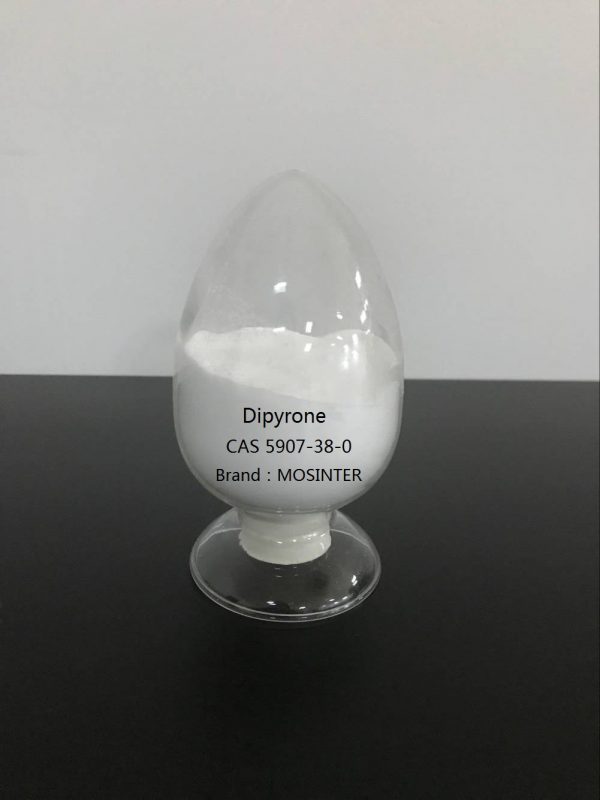
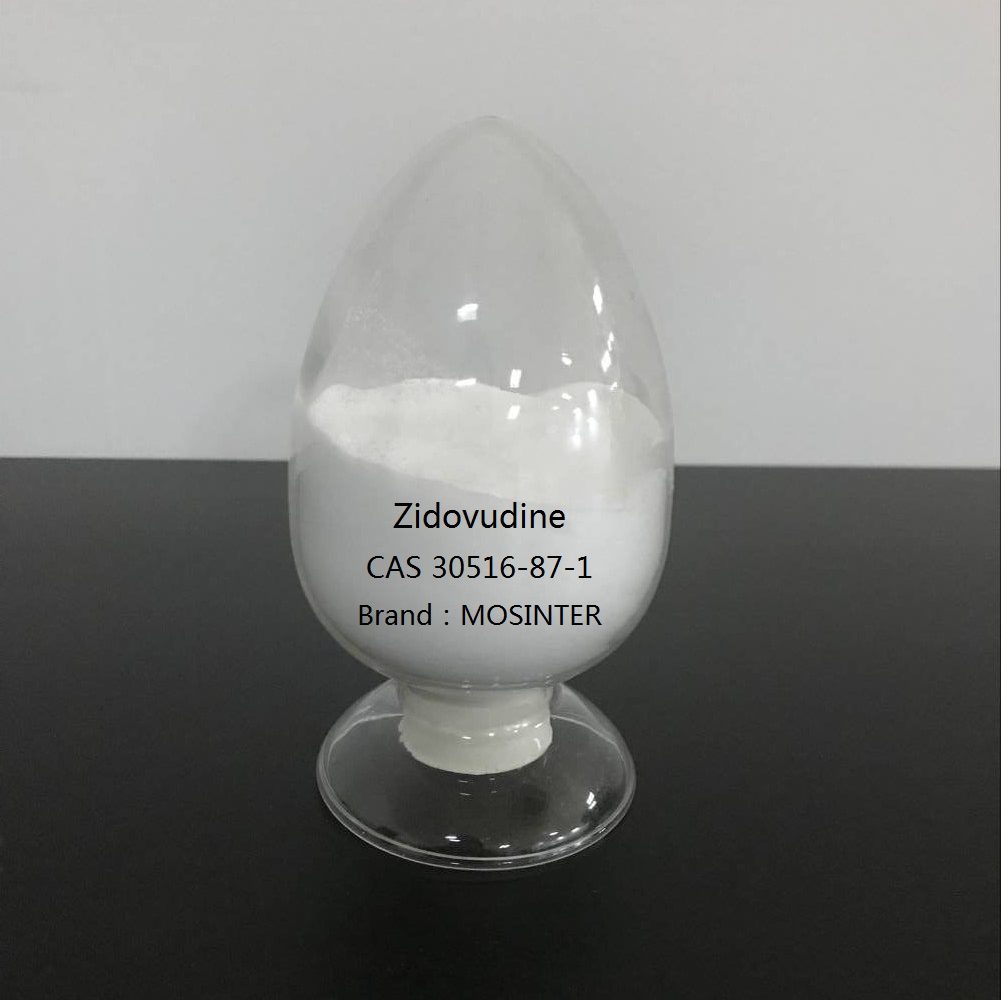
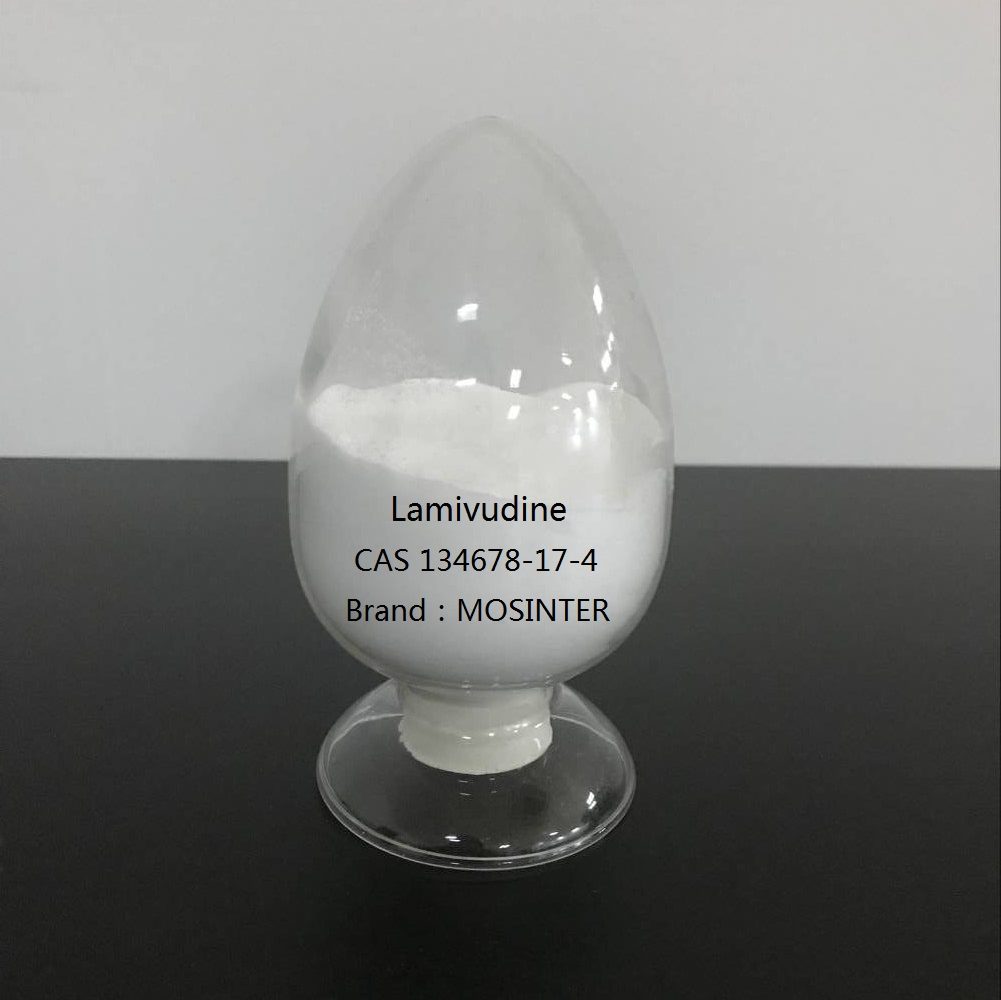
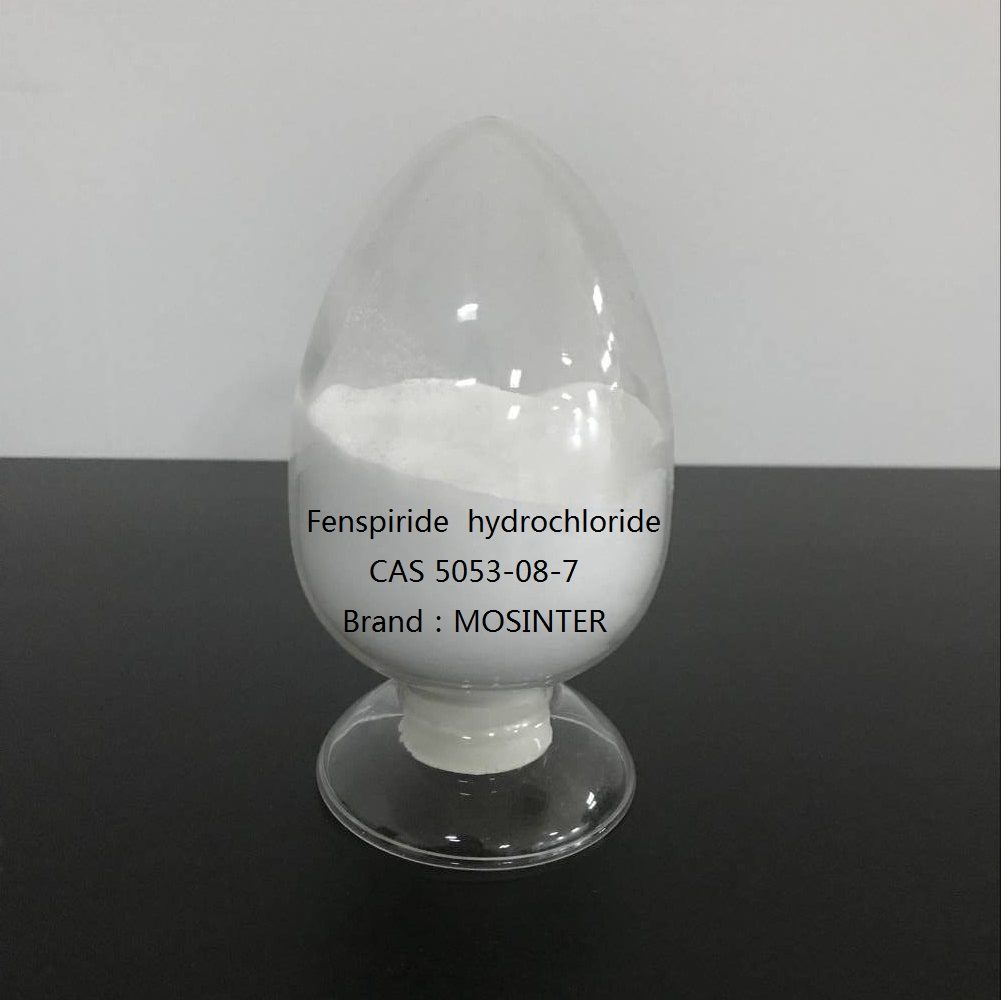
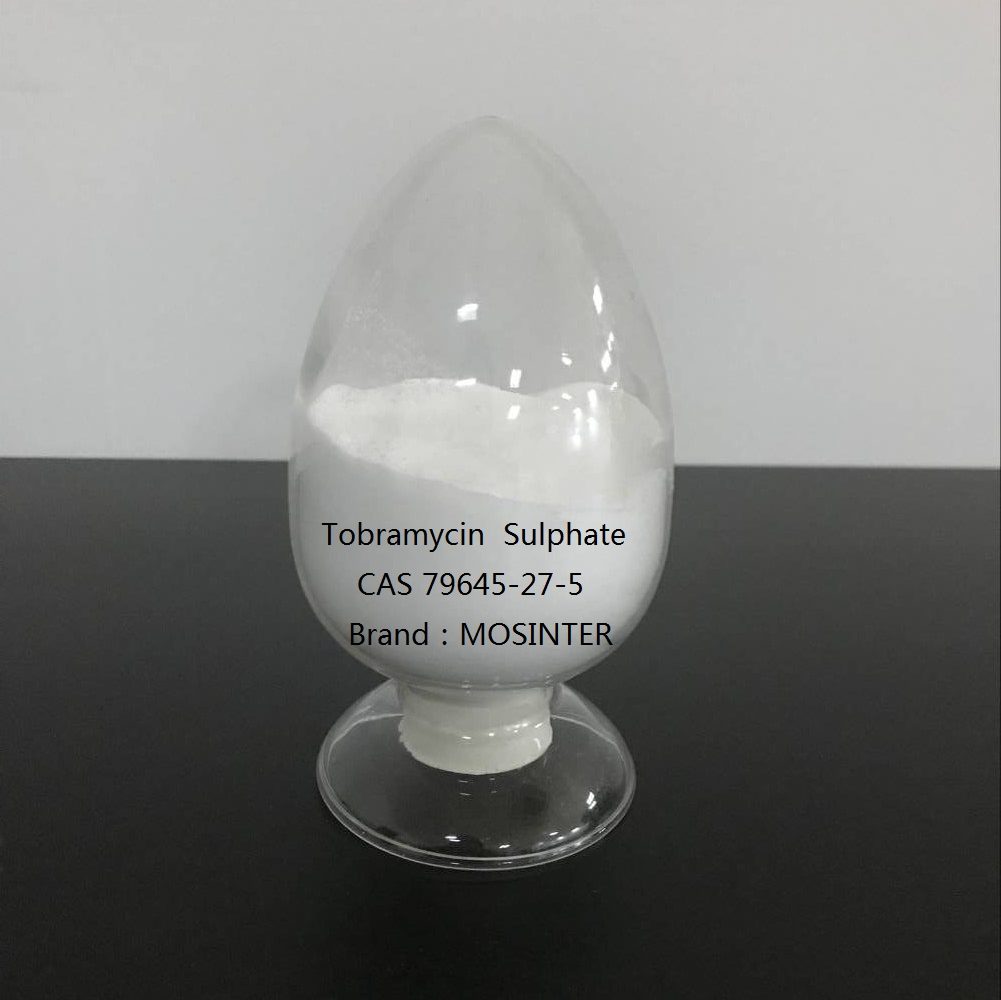
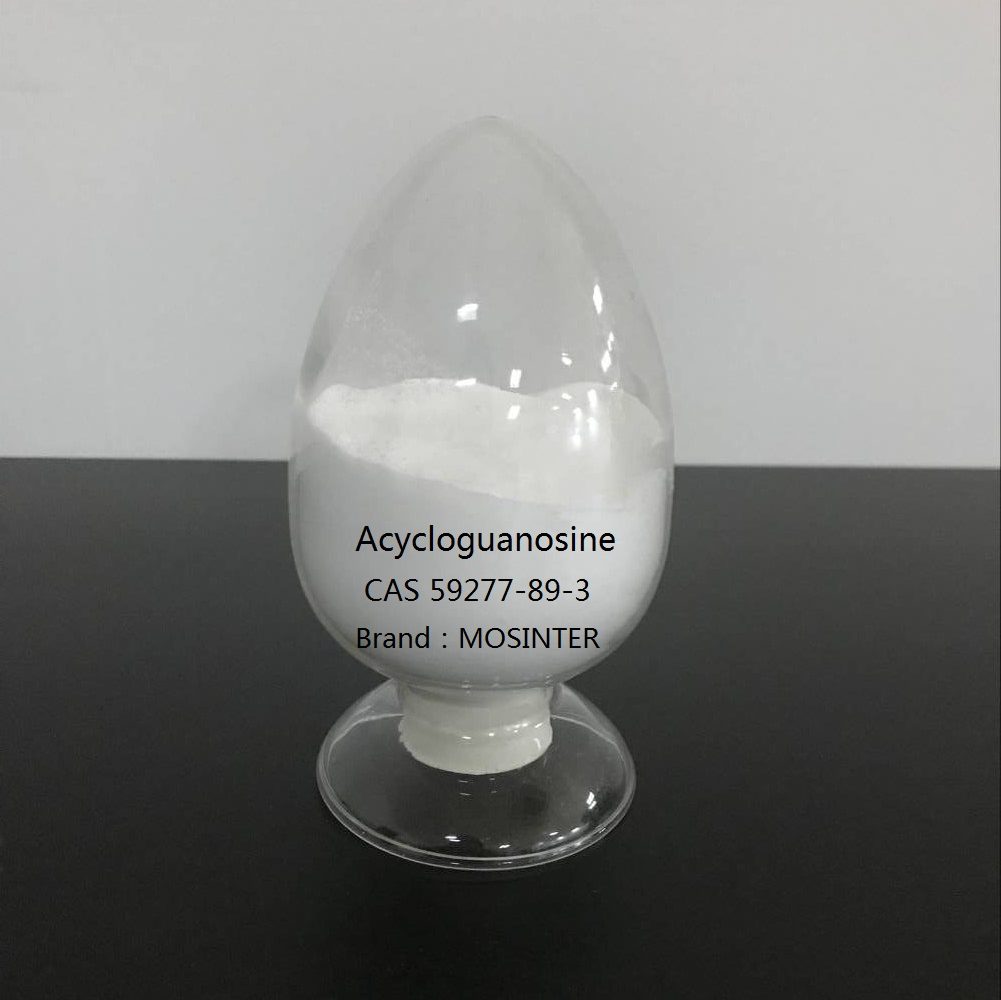
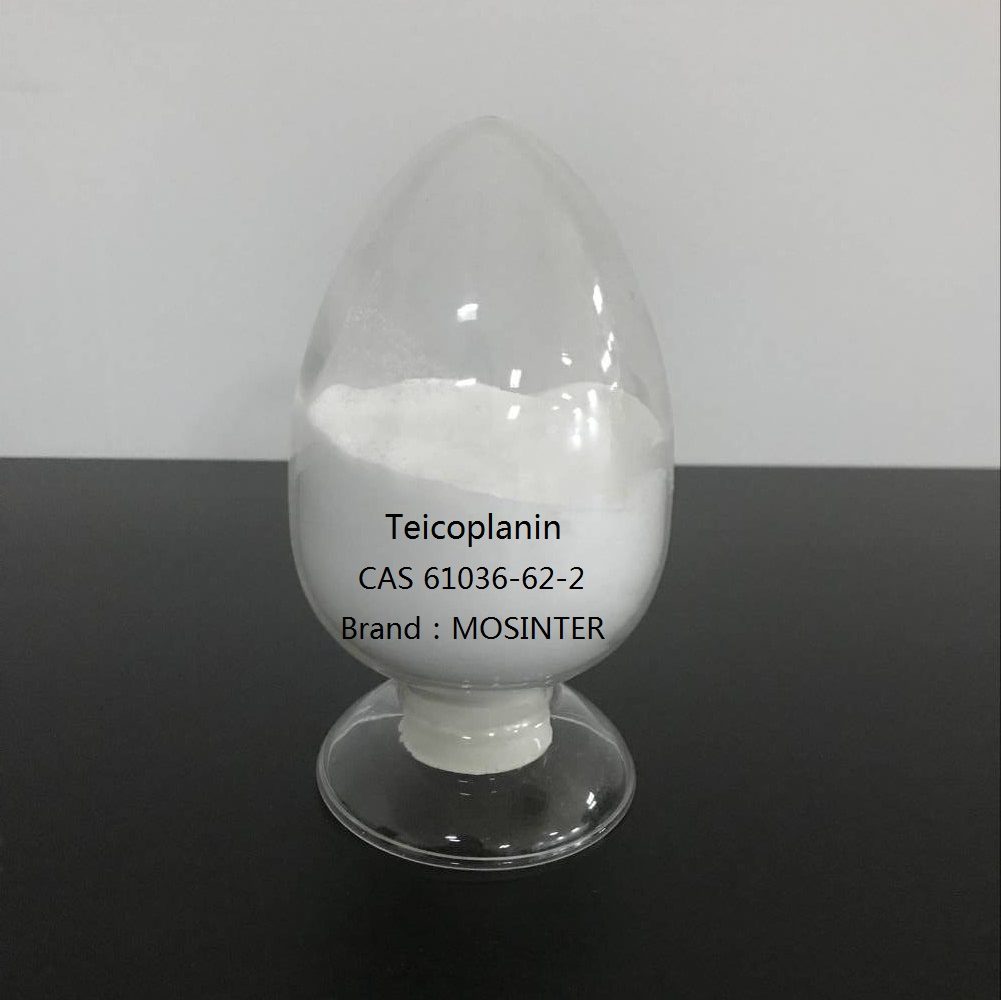
Reviews
There are no reviews yet.